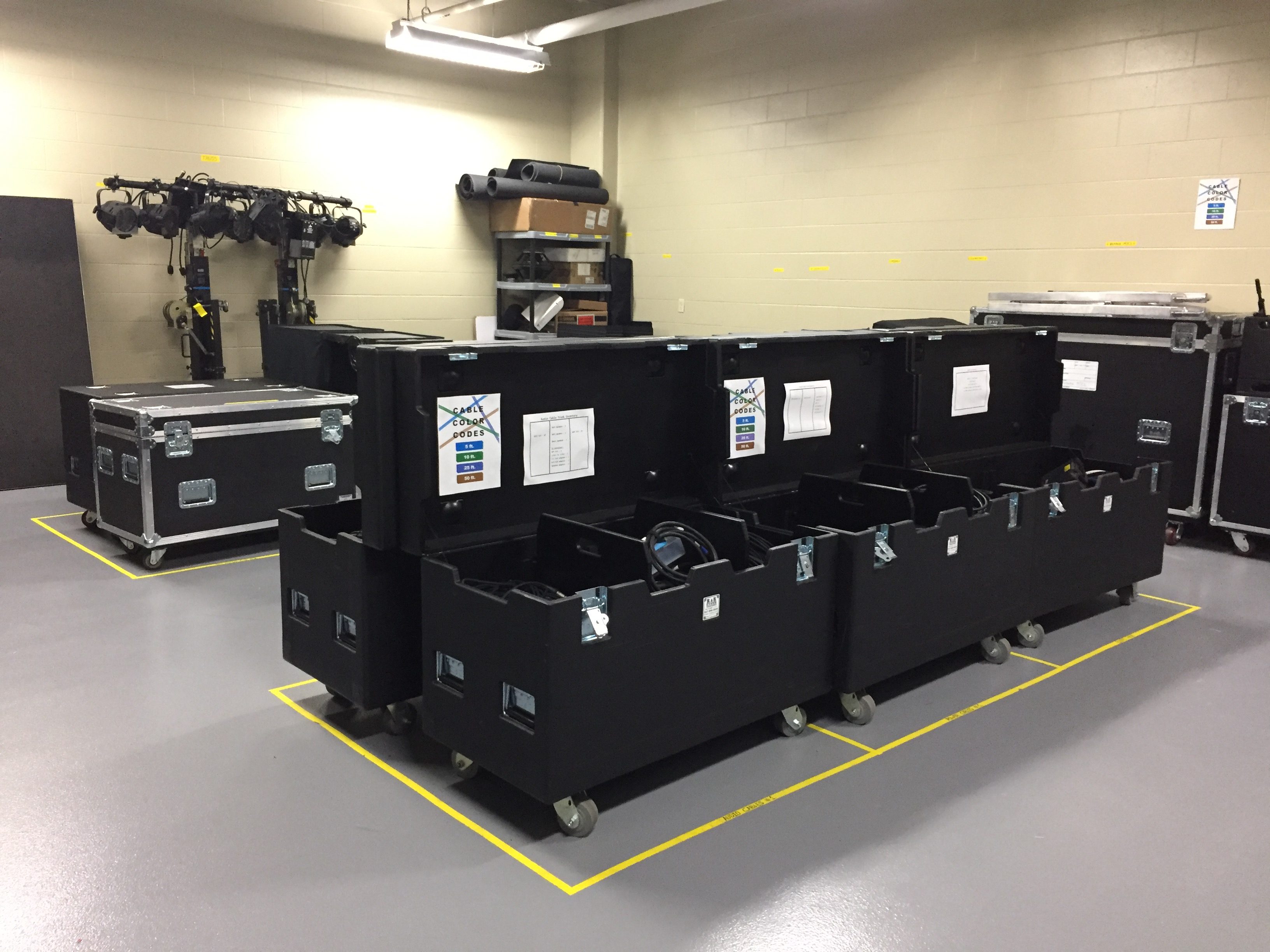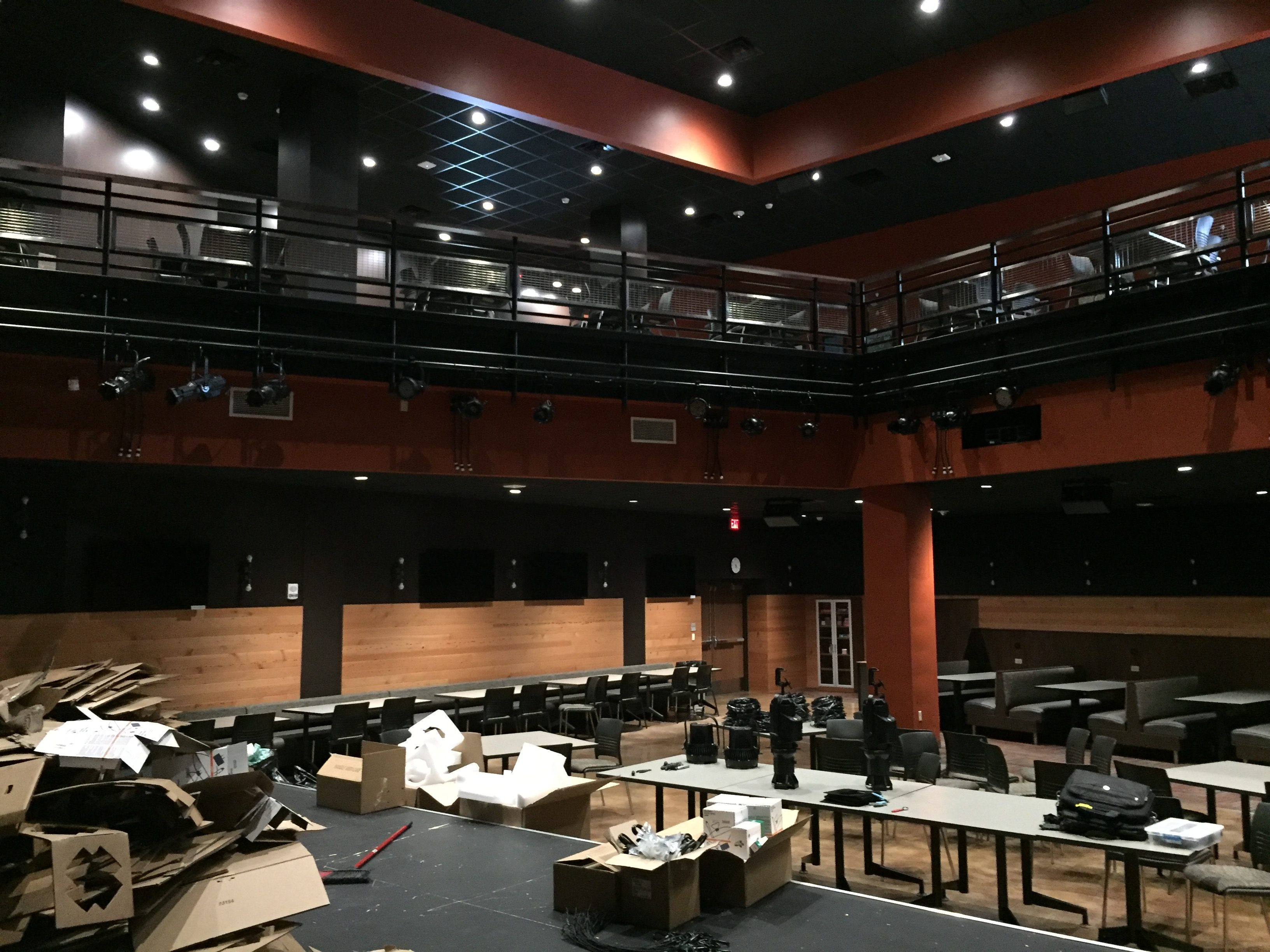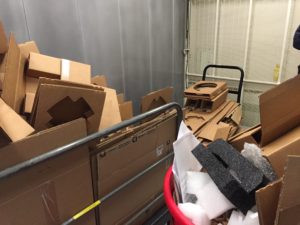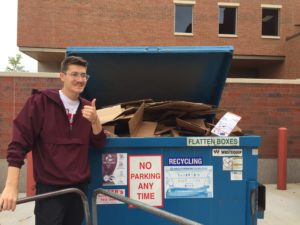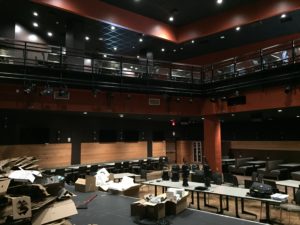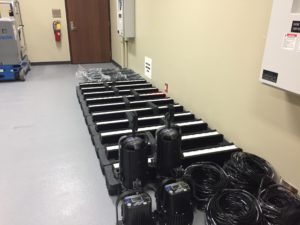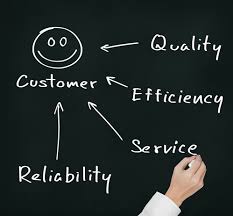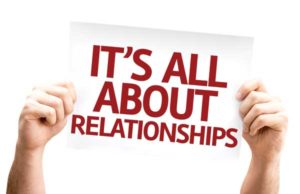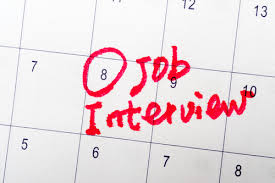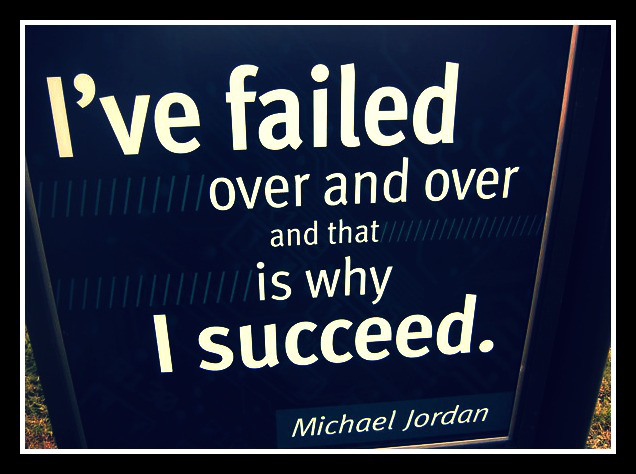
Ch Ch Ch Changes
It’s the new year’s resolution time where many people look at setting goals such as eating healthier, exercising more, or to stop procrastinating as much. While some stick with it others give up within the first month or so. Some people don’t believe in setting resolutions while others like myself set new goals any time of year, especially when I feel like I have achieved a previous target. For me, as part of setting new goals, it is helpful to look back on the past year.
2017 brought a lot of change in my career and life. What I decided early on in the year it was time for a career change. I wasn’t unhappy where I was, but I had felt like I had achieved my goals and needed a significant change to continue to grow as a person and in my career. So, I started the job hunt which resulted in a move later in the year. I was pretty lucky to have a job line up quickly, found great housing fast, and had a family to help me with all the transition.
As with any change though, there were things I would end up having to give up and things that would inevitably change even though I didn’t want it too. I wouldn’t see my friends every day and eventually lose touch with some. My surroundings would be unfamiliar for a long time, and I wouldn’t be the expert in my new position until I learned it and so much more. Many of these changes I expected, while others I did not.
For instance, some friends change a lot faster when you move unexpectedly. I need to keep reminding myself that lifelong friends will always stick around – near or far a great friendship will last any distance. Meanwhile, getting out and joining clubs or groups will create new friendships closer to home which could also open new possibilities and new experiences. It is incredible how people are connected and meeting one new person could lead to networking connections for even more positive changes down the line.
As for learning my new job, that will take time, and I am just going to have to get used to that. Each organization runs differently and has different goals. Even though the jobs are similar the people, venues, and events are different. It will take time to work through all the differences and changes as well as to improve it with my experiences and skills.
I never expected that doing sound would become mostly absent from my life. I hoped by changing my job would have become fun again by having a new environment to work in and new things to learn. Diving back into sound is essential to me. I will work towards it one step at a time, so I can change the phrase “I use to do sound all the time” to “I do sound all the time.” It will be an uphill challenge as I rebuild relationships, learn new technology, and balance it all; but it is one I am sure looking forward to!
Even with the things that have gone according to plan and the others that have not I would still make the changes I did because through these experiences I will only grow as a person and be ready for future opportunities to come. So, my goals for 2018 are to continue running with the change I started in 2017, see where all of it is going to take me this year, and get back into sound. All different kinds of goals can create a fun and challenging year. What are your sound goals for 2018?



